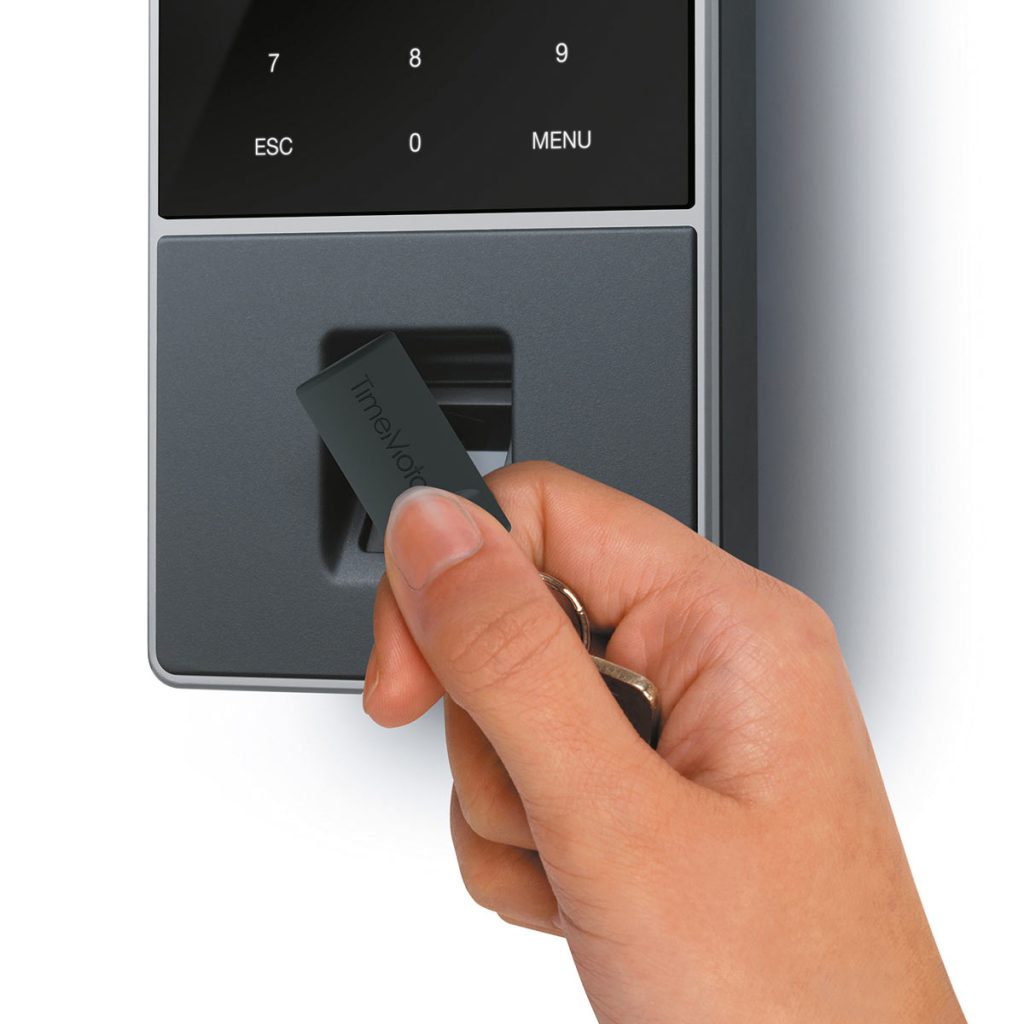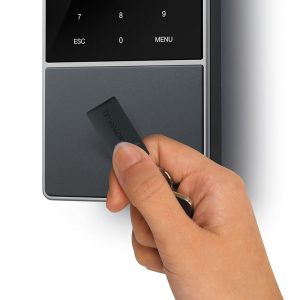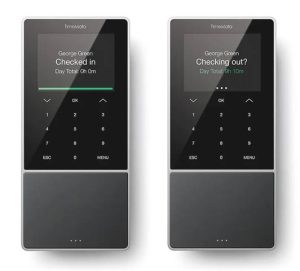
How Biometric Clocking Systems Enhance Workplace Security and Efficiency

Biometric clocking systems have revolutionised the way businesses manage their workforce, providing a blend of advanced security features and enhanced efficiency.
These systems utilise unique biological characteristics, such as fingerprints, facial recognition, or iris patterns, to accurately identify individuals, ensuring that only authorised personnel can access specific areas or systems. As businesses increasingly seek ways to optimise operations and safeguard their assets, biometric clocking systems have emerged as a powerful tool to achieve these goals.
The importance of maintaining high standards of workplace security and operational efficiency cannot be overstated. Traditional timekeeping methods, such as punch cards or PIN codes, are susceptible to fraud and error, leading to significant financial losses and compromised security.
By integrating biometric technology, businesses can mitigate these risks, ensuring a more secure and efficient working environment. This blog explores how biometric clocking systems can enhance both security and efficiency within the workplace.
Understanding Biometric Clocking Systems
Biometric clocking systems are sophisticated tools that rely on the unique biological traits of individuals to verify their identity. Common types of biometric systems include fingerprint scanners, facial recognition cameras, and iris scanning devices.
These systems capture and store an individual’s biometric data, which is then used to authenticate their identity during subsequent interactions. Unlike traditional identification methods, biometrics are difficult to forge or replicate, providing a higher level of security and accuracy.
The process of using biometric systems is relatively straightforward. For instance, a fingerprint scanner records the unique patterns of an individual’s fingerprint, while facial recognition software maps out the distinct features of a person’s face.
This data is stored securely and compared against future scans to verify identity. The inherent uniqueness of biometric traits makes these systems highly reliable, reducing the likelihood of errors and ensuring that only authorised individuals can clock in or access restricted areas.

Enhancing Workplace Security
One of the primary benefits of biometric clocking systems is their ability to significantly enhance workplace security. By using unique biological characteristics to verify identity, these systems effectively prevent unauthorised access.
This is particularly crucial in sensitive environments, such as research facilities or data centres, where security breaches can have severe consequences. Biometric systems ensure that only verified personnel can enter restricted areas, thereby reducing the risk of theft, sabotage, or unauthorised data access.
Additionally, biometric clocking systems help combat common issues such as time theft and buddy punching, where employees clock in or out on behalf of their colleagues. By requiring biometric verification, these practices are virtually eliminated, ensuring that attendance records are accurate and trustworthy.
Real-time monitoring and alert features further enhance security, allowing managers to promptly respond to any suspicious activity or breaches. Overall, the implementation of biometric systems creates a more secure and accountable workplace environment.
Boosting Efficiency
Biometric clocking systems also play a significant role in boosting workplace efficiency. By automating the check-in and check-out process, these systems reduce the time employees spend on manual timekeeping tasks.
This not only streamlines operations but also minimises the chances of human error, ensuring that attendance data is accurate and reliable. The integration of biometric systems with payroll software further enhances efficiency by enabling seamless and precise wage calculations.
Moreover, biometric systems reduce the administrative burden associated with managing employee attendance. HR personnel can focus on more strategic tasks rather than spending time verifying time records or addressing discrepancies.
Businesses that have adopted biometric clocking systems often report improvements in overall productivity, as employees are more accountable for their time, and administrative processes are significantly streamlined. This increased efficiency translates into cost savings and a more focused workforce.
Implementing Biometric Systems
Implementing a biometric clocking system in the workplace involves several steps to ensure a smooth transition and effective operation. The first step is to assess the specific needs of the business and choose the appropriate biometric technology.
Once a system is selected, businesses should invest in proper installation and configuration to maximise its effectiveness. It is also essential to provide thorough training for employees, helping them understand how to use the system and addressing any concerns they may have.
Ongoing maintenance and support are critical to the long-term success of biometric clocking systems. Regular updates and system checks ensure that the technology remains reliable and secure.
Additionally, businesses should establish protocols for addressing any technical issues or breaches that may arise. By committing to continuous improvement and support, businesses can ensure that their biometric clocking system continues to deliver enhanced security and efficiency over time.

Conclusion
In summary, biometric clocking systems offer significant benefits in terms of workplace security and efficiency. By leveraging unique biological traits to verify identity, these systems prevent unauthorised access and reduce common issues such as time theft.
The automation and accuracy of biometric systems streamline administrative processes and improve overall productivity. As businesses seek to optimise their operations and safeguard their assets, biometric clocking systems represent a valuable investment.
For those considering this technology, a thorough implementation plan and commitment to compliance and support are essential to achieving the full benefits.






